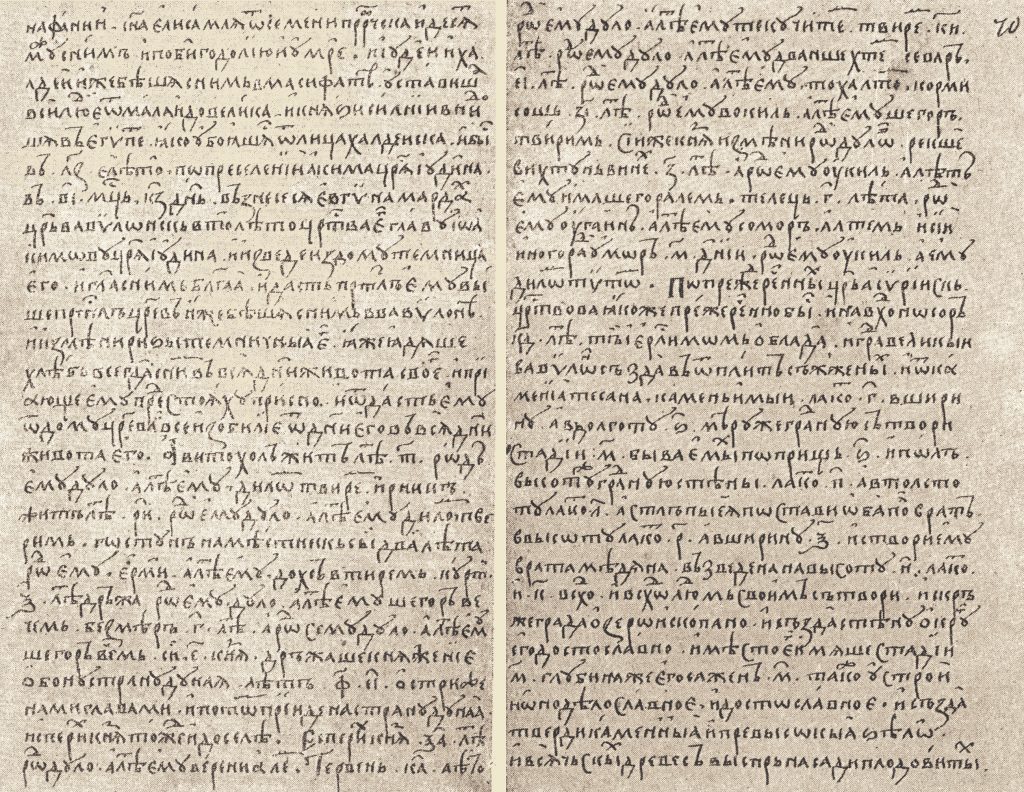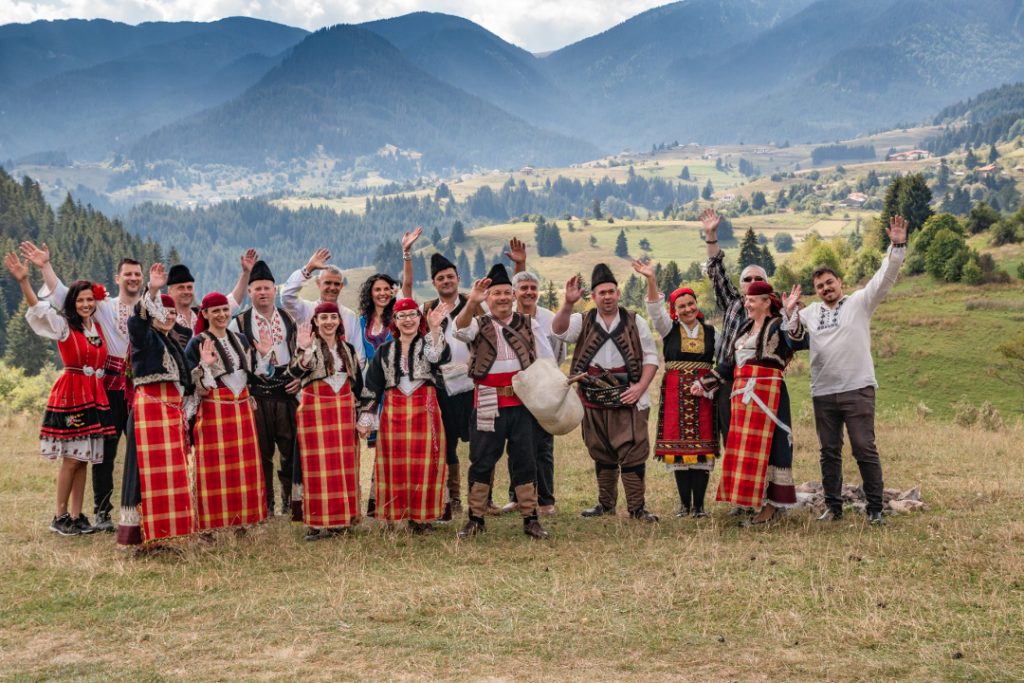As analogy with the old tale of the Grimm brothers – “Hansel and Gretel”, there will be breadcrumbs left on your path to knowledge, which will lead the most curious of you to the depths of the human history. Follow them and you will find how deep the rabbit hole goes.
Bulgaria is a country much older than anticipated by the official history!
There is a document, found in 1861 by the Russian scientist Alexander Popov, part of the Moscow transcript and also part of the ancient manuscripts library of Count Uvarov, written in old Bulgarian language in late 9th or early 10th century, called “The list of Bulgarian rulers”, accepted by the scientists as genuine original, which gives detailed list of the Bulgarian rulers long before Asparuh.
A fact: Bulgaria is the oldest state on the continent of Europe!

As a summary to the document and the conclusions one can make by reading it, it is clearly visible, that the beginning of the chronology is the year 165 AD, which makes Bulgaria by 515 years older, than officially anticipated (The year Knyaz Asparuh crossed Danube is 680 AD).
“These five princes ruled the kingdom over the other side of the Danube for 515 years with shaven heads and after that came to this side of the Danube Asparuh knyaz and until now (rules).”
Beside that, within the document, the ancient author has not mentioned even once the rulers’ title “Khan” or “Han”. Instead everywhere is used the title “Knyaz”, which in rulers’ terminology equals “Crown Prince”.
Also there is no single historical document to entitle our ancient rulers as “Hans” or “Khans”. Instead all of them are self entitled or by third parties as “Kanas Yuvigi”, which transliterated means “By the God assigned ruler”. “Kanas” is considered as the ancient proto-form use of the title “Knyaz”.
For more information you can search on the Internet and read more details on this topic.
Another historical manuscript, written by the Armenian historian Movses Khorenatsi, named Armenian geography “Ashkharatsuits”, mentions the Bulgarian ethnic name in the year 165 BC.
There is another intriguing detail on a very ancient map known as the Ravenna Cosmography, considered being first written by St. Jeronimo (331-420 AD), where the author mentions Bulgaria and puts a sign for equality between the province of Moesia and Bulgaria. The sign on the map reads “Moesia hec & Bulgaria” (Find the “Tracia” region on the map and read just beneath it!). In accordance to the official history during that period of time Bulgaria and the Bulgarians still should be somewhere in the middle of Asia. Plenty of details on this topic can be found on the Internet or here …
An important addition to this is the statement of Anastasius Bibliothecarius –
“…quia Bulgares, qui jure gentile sibi pariam subjugantes…“ “…totamque Thessaliam atque Dardaniam, in qua et Dardania civitas hodie demon-stratur, eu jus nunc patria ab his Bulgarie Bulgaria nun-cupatur“.
The Anonymous Roman Chronograph explicitly states
“Ziezi ex quo Vulgares” – “Ziezi from whom are the Bulgarians”.
And many, many more …
In short summary to the history of Bulgaria and the Bulgarians, there are few not fully confirmed theories of our origin as the history goes too far back in history, even before the written manuscripts. But one thing is sure. We are not from Turkic origin and have not been nomadic tribes inhabiting Asian planes. All the facts contradict this popular and common misconception, including the facts for the origin of our language.
Our language has more in common with the ancient and already dead language called Avesta, on which are written the books of Zaratushtra, together with the Sanskrit language, the media used for the Indian Vedas, than with the Turkic languages group.
Just to mention … The word “Vedas” derives from the Sanskrit word “veda” and means “knowledge”.
The same word with the same meaning is present in our language as well. The third letter in the Bulgarian alphabet is “B”, sounds like the English letter “V” and is thought in schools as “vedi” with the meaning “know” or “knowledge”. And this is not the only coincidence. There are many more such examples. Word analogies with the ancient Avesta language – more than 2 500 words. Same analogies with Turkic languages – less than 80 words. The conclusions are obvious.
Coincidence!? Hardly!!!
The biggest architectural invention of the nomadic, Turkic world up till 13th century is the ox cart carrying their emperor – Genghis Khan, while in his yurt, during the conquest of now-a-days Beijing.
Meanwhile the “official history” of Bulgaria tells, that when Asparuh settled on this side of Danube, he built his first capital Pliska, built of hand-cut huge stone block, which at its greatest extent was exceeding 21.8 sq. km.
Yes!
You read it right!!!
Not square meters, but square kilometers! Almost 22 of them! And all this in late 7th century!!!
One would exclaim “What a nomadic culture and building tradition, ah!?”
All those palaces, fortress walls and other buildings are built of white, hand crafted, huge blocks of stones. If not for something else, it clearly states for engineering and building knowledge and culture, which can not be learned in the Asian steppes. The closest analogies of such other building abilities and culture are found in the Persian and Thracian civilizations.
Just to mention, during that period of time the capital of the East-Roman empire, the city of Constantinopol, covers a surface area of 8 sq. km. Rome is roughly 3 sq. km.
The Great Basillica of Pliska, built in the second half of the 9th century, is 9 m longer, than the St. Peter’s Basillica in Rome’s Vatican city and same in width!
Quite well done for a nomadic tribes, don’t you think so?
I think enough was presented to attract the knowledge craving souls. More details can always be found thanks to the Internet, but never trust the first instance. Always check and double check your sources. Always! There is an old Japanese saying ‘If you believe all you read, immediately stop doing it!”.
And ultimately, there is always a “blue” pill …

